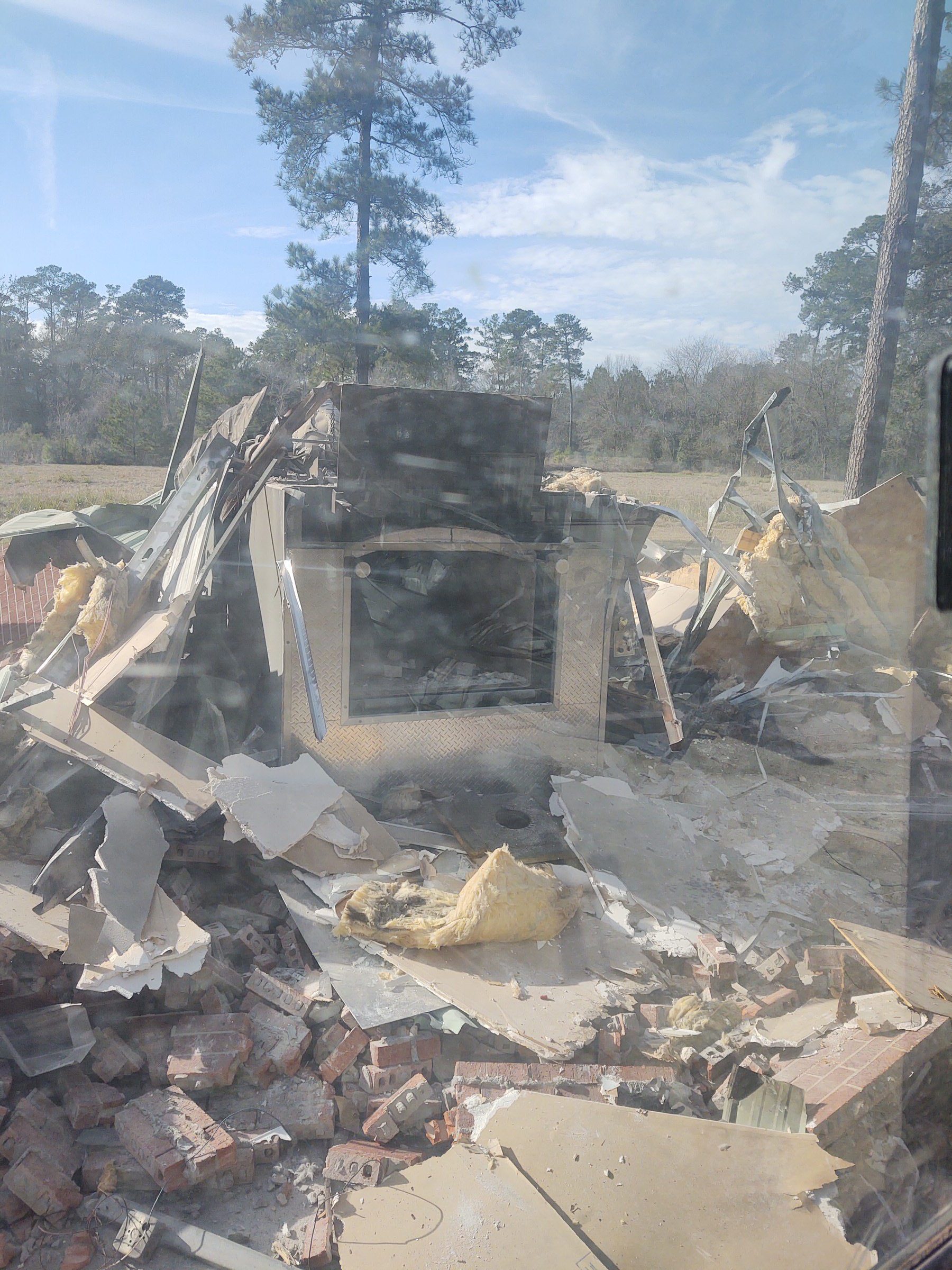
Abstract
In wastewater treatment systems, the interactions among various microbes based on chemical signals, namely quorum sensing (QS), play critical roles in influencing microbial structure and function. However, it is challenging to understand the QS-controlled behaviors and the underlying mechanisms in complex microbial communities.
In this study, we constructed a QS signaling network, providing insights into the intra- and interspecies interactions of activated sludge microbial communities based on diverse QS signal molecules. Our research underscores the role of diffusible signal factors (DSFs) in both intra- and interspecies communication among activated sludge microorganisms, and signal molecules commonly considered to mediate intraspecies communication may also participate in interspecies communication. QS signaling molecules play an important role as communal resources among the entire microbial group. The communication network within the microbial community is highly redundant, significantly contributing to the stability of natural microbial systems.
This work contributes to the establishment of QS signaling network for activated sludge microbial communities, which may complement metabolic exchanges in explaining activated sludge microbial community structure and may help with a variety of future applications, such as making the dynamics and resilience of highly complex ecosystems more predictable.
© The Author(s) [2024]. Published by Oxford University Press on behalf of the International Society for Microbial Ecology
SDGs, Targets, and Indicators
SDGs Addressed or Connected to the Issues Highlighted in the Article:
- SDG 6: Clean Water and Sanitation
- SDG 9: Industry, Innovation, and Infrastructure
- SDG 11: Sustainable Cities and Communities
- SDG 15: Life on Land
Specific Targets Based on the Article’s Content:
- Target 6.3: By 2030, improve water quality by reducing pollution, eliminating dumping, and minimizing release of hazardous chemicals and materials.
- Target 9.4: By 2030, upgrade infrastructure and retrofit industries to make them sustainable, with increased resource-use efficiency and greater adoption of clean and environmentally sound technologies and industrial processes.
- Target 11.6: By 2030, reduce the adverse per capita environmental impact of cities, including by paying special attention to air quality and municipal and other waste management.
- Target 15.1: By 2020, ensure the conservation, restoration, and sustainable use of terrestrial and inland freshwater ecosystems and their services.
Indicators Mentioned or Implied in the Article:
- Indicator 6.3.2: Proportion of bodies of water with good ambient water quality.
- Indicator 9.4.1: CO2 emission per unit of value added.
- Indicator 11.6.1: Proportion of urban solid waste regularly collected and with adequate final discharge out of total urban solid waste generated, by cities.
- Indicator 15.1.1: Forest area as a proportion of total land area.
Table: SDGs, Targets, and Indicators
| SDGs | Targets | Indicators |
|---|---|---|
| SDG 6: Clean Water and Sanitation | Target 6.3: By 2030, improve water quality by reducing pollution, eliminating dumping, and minimizing release of hazardous chemicals and materials. | Indicator 6.3.2: Proportion of bodies of water with good ambient water quality. |
| SDG 9: Industry, Innovation, and Infrastructure | Target 9.4: By 2030, upgrade infrastructure and retrofit industries to make them sustainable, with increased resource-use efficiency and greater adoption of clean and environmentally sound technologies and industrial processes. | Indicator 9.4.1: CO2 emission per unit of value added. |
| SDG 11: Sustainable Cities and Communities | Target 11.6: By 2030, reduce the adverse per capita environmental impact of cities, including by paying special attention to air quality and municipal and other waste management. | Indicator 11.6.1: Proportion of urban solid waste regularly collected and with adequate final discharge out of total urban solid waste generated, by cities. |
| SDG 15: Life on Land | Target 15.1: By 2020, ensure the conservation, restoration, and sustainable use of terrestrial and inland freshwater ecosystems and their services. | Indicator 15.1.1: Forest area as a proportion of total land area. |
Behold! This splendid article springs forth from the wellspring of knowledge, shaped by a wondrous proprietary AI technology that delved into a vast ocean of data, illuminating the path towards the Sustainable Development Goals. Remember that all rights are reserved by SDG Investors LLC, empowering us to champion progress together.
Source: academic.oup.com

Join us, as fellow seekers of change, on a transformative journey at https://sdgtalks.ai/welcome, where you can become a member and actively contribute to shaping a brighter future.






